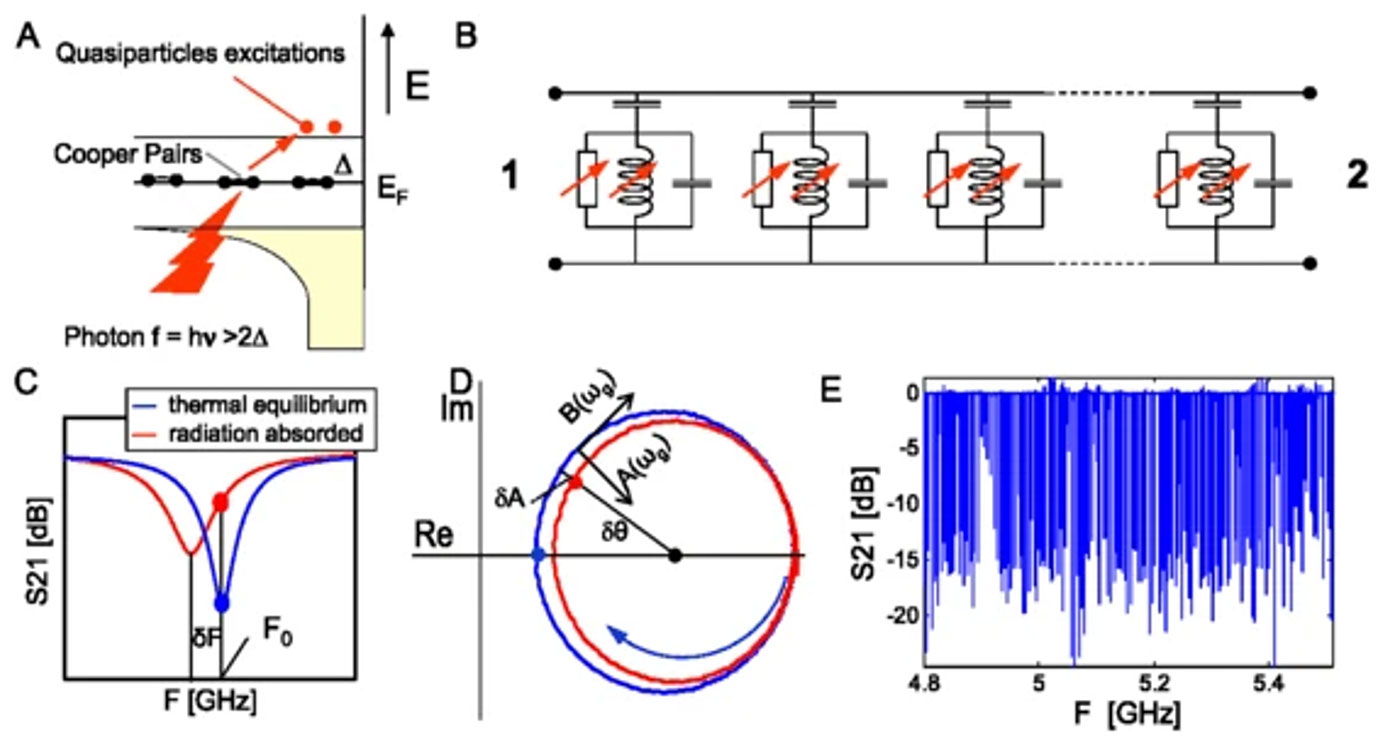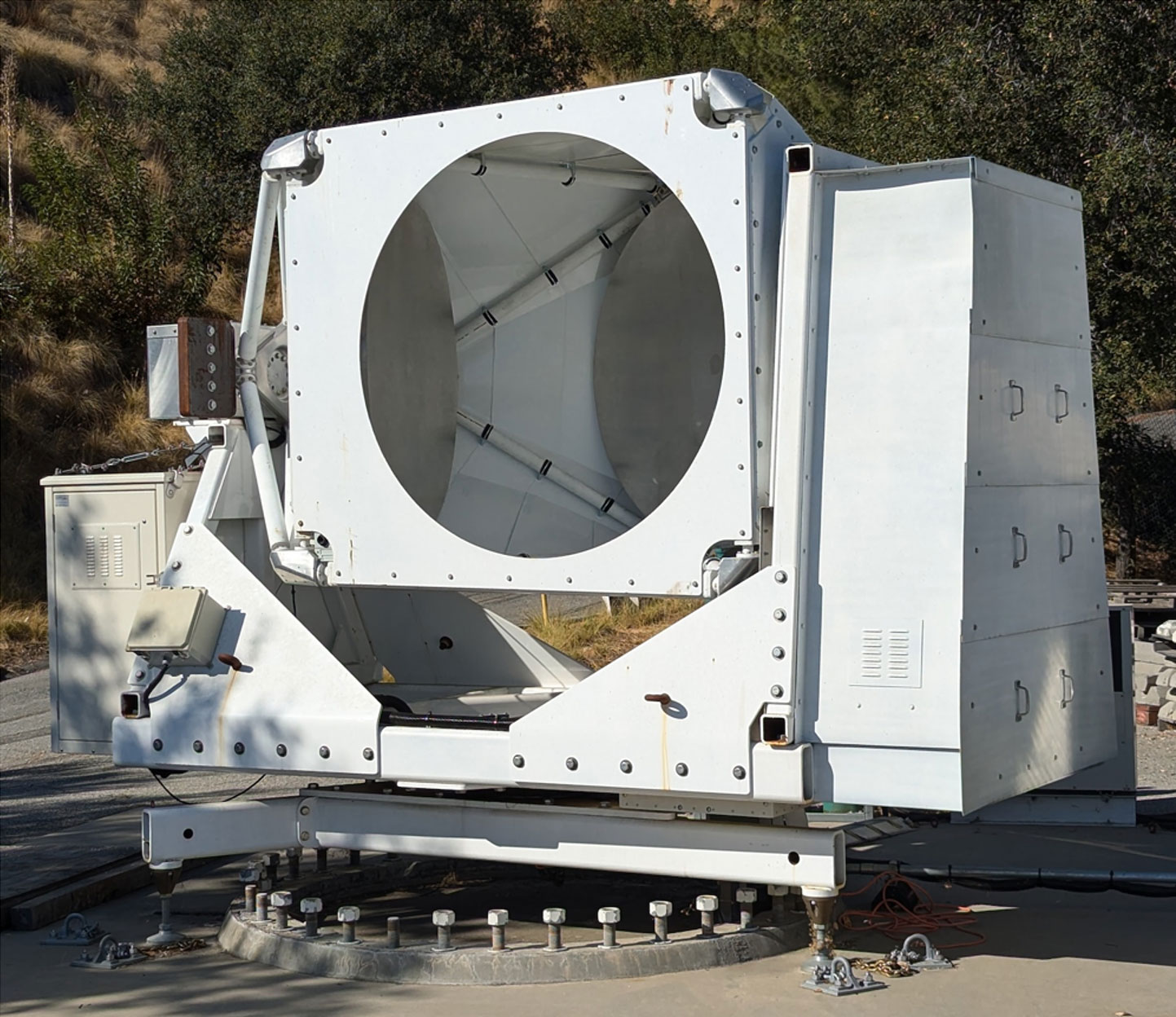
Projects
Data Acquisition to Meet the Challenge of Moore’s Law for Millimeter/Submillimeter-Wave Cameras
PI: Sunil Golwala, Division of Physics, Mathematics and Astronomy
SASE: Nia McNichols, Scholar
Instrumentation for astronomy and other applications at millimeter and submillimeter wavelengths (mm/sub-mm) is benefiting from enormous increases in detector count. These instruments present a novel data acquisition challenge. We must record timestreams for each detector while continuously scanning a particular field, map the timestreams to sky locations, and average in many visits of a sky location to reduce the noise. Fast scanning is required to minimize the impact of fluctuating, atmospheric emissions, requiring high sampling rates. Not only must we acquire and record calibrated data at an enormous rate (4 bytes/sample, up to 1 kHz/detector—40 MB/sec now, soon 4 GB/sec), but we must apply computationally intensive timestream filtering and correlated noise removal before mapping the “cleaned” data into sky pixels in semi-real-time.
The Golwala group is developing two new instruments NEW-MUSIC and SKIPR. NEW-MUSIC will provide, for the first time, observations in six spectral bands simultaneously for each point on the sky, making it possible to quickly measure spectral energy distributions of energetic and explosive astronomical sources that vary on timescales as short as seconds or minutes. SKIPR will provide semi-real-time imaging of maritime obstacles such as icebergs through obscurants such as fog that prevent optical/infrared imaging. NEW-MUSIC and SKIPR use millimeter kinetic inductance detectors (MKIDs), which are superconducting radiofrequency (100s of MHz to GHz) resonators that respond to incoming mm/sub-mm light with a shift in their resonance frequency (like AM/FM radio). Superconductivity enables the resonators to have high-quality factors (Q > 105) so thousands of resonators, each tuned to a different resonant frequency, may be probed with a single readout line. This architecture provides mm/sub-mm arrays with 104 detectors for NEW-MUSIC and SKIPR and a path to 106 detectors. Both instruments thus require data acquisition (DAQ) systems that can handle massive data rates and quick-look analysis (QLA) software that can provide semi-real-time images.

MKID operation principle. A: Photons break Cooper pairs in a superconductor, creating quasiparticles. B: By making the superconductor part of a resonance circuit, it is possible to read out changes in the complex surface impedance of the superconductor due to radiation absorption as a change in microwave transmission. Frequency division multiplexing can be achieved by coupling many resonators to one feedline. C: Measured transmission from contact 1 to 2 in B for one resonator. The blue line represents the equilibrium situation, and the red line after photon absorption. D shows the same data as in C but in the complex plane, showing that either δA or δθ using a readout tone at F0 can be used to measure the amount of absorbed radiation. The arrow indicates the direction of increasing frequency. B(ωg) and A(ωg) represent the direction tangent and normal to the resonance circle. E: 175 resonators with Q=2 x 104 and δF0=4 ± 2 MHz. Image Courtesy of Baselmans, J. J Low Temp Phys (2012).
The Schmidt Academy collaborated with the Golwala group to develop “rfsocinterface”, a DAQ-QLA software package that meets the needs of these two instruments. This package works in tandem with “kidpy”, a software package handling readout electronics developed at Arizona State University, in order to provide an array of functionality essential to an MKID system. Rfsocinterface is designed to be highly flexible and easily extensible, allowing it to be used readily in various settings, including both in the lab and in the field at a telescope. Rfsocinterface allows for quick reconfiguration and calibration of readout electronics and provides several optimized routines for collecting data and processing them into downstream science deliverables. To top it all off, rfsocinterface includes an easy-to-use graphical user interface (GUI), streamlining the usage of the many functionalities included in the package.

Photograph of the SKIPR telescope at JPL. The edges of both the primary and secondary mirrors are visible within the circular opening in the baffle structure. The white enclosure to the right of the mirrors is the receiver cabin, which houses the imager cryostat. The total height of the telescope system is approximately 3 m and the total width is approximately 4 m. Image Courtesy of Sayers, J. et al. Instrumentation and Methods for Astrophysics (2025)